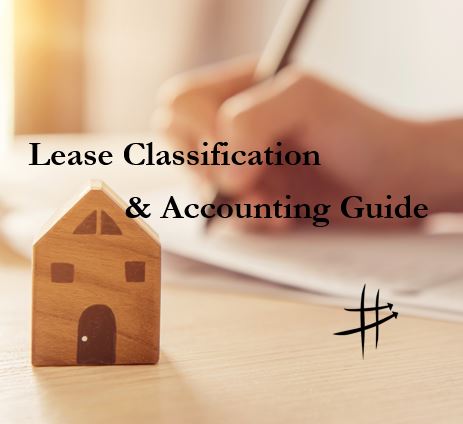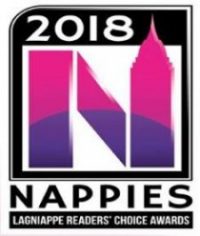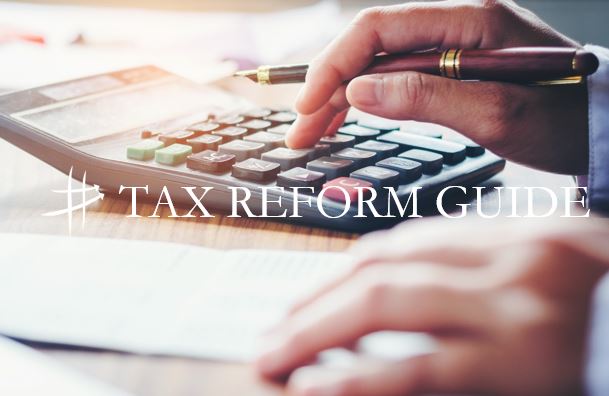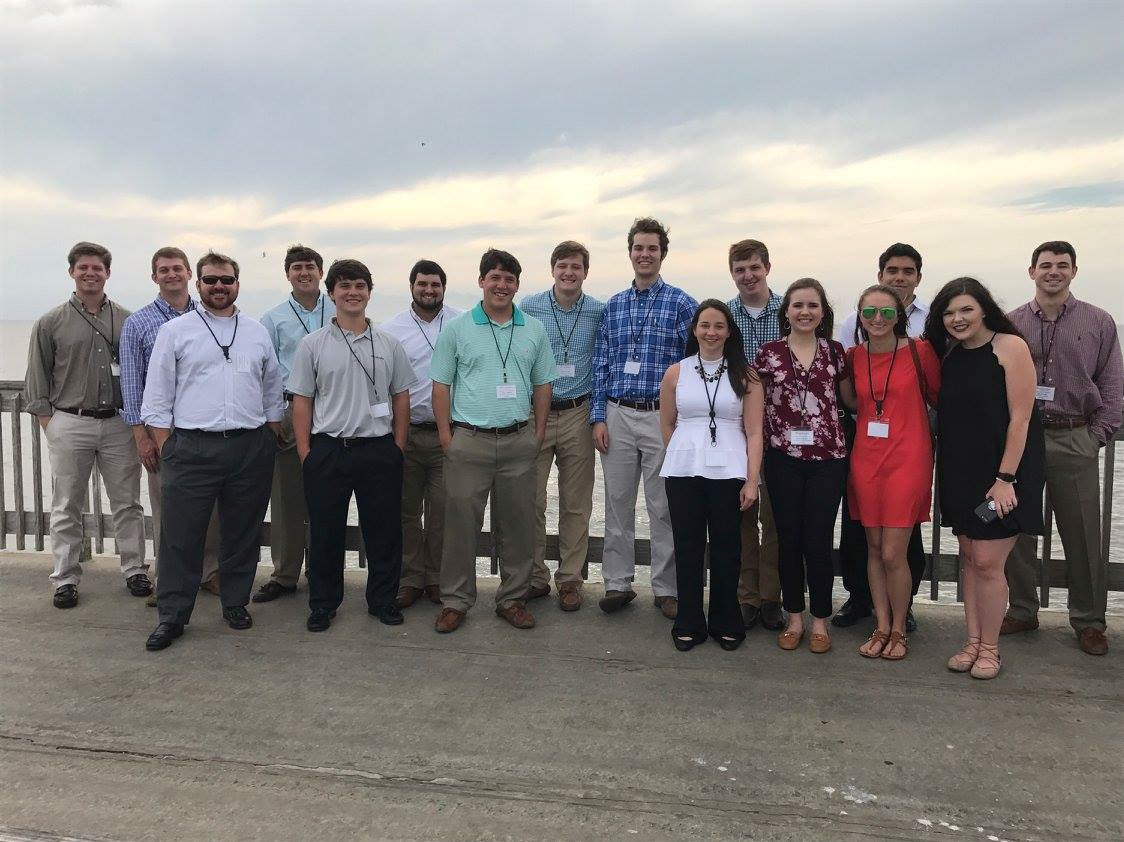Kirsten Sokom, CPA | Supervisor | Published by Crow Shields Bailey
In February 2016, the Financial Accounting Standards Board (FASB) issued Accounting Standards Update (ASU) 2016-02 on Topic 842 for leases, introducing a principles-based approach in classification and accounting for lease agreements.
The changes under the new standard will require most leases to recognize a lease liability and a related right-of-use asset on the balance sheet, regardless of whether or not it is considered an operating or capital lease. ASU 2016-02 becomes effective for public companies’ fiscal years beginning after December 15, 2018. For all other organizations, the standard is effective for fiscal years beginning the following year, December 15, 2019; however, early adoption is permitted. This article summarizes classification and measurement of leases under the new standard.
Lease Classification
ASC 842 revised the lease classification criteria as outlined in ASC 840, and those new standards are as follows:
- Does the lease transfer ownership to the lessee by the end of the lease term?
- Does the lease contain a purchase option that the lessee is reasonably certain to exercise?
- Is the lease term a major part of the remaining economic life of the asset?
- Is the sum of the present value of the lease payments and any residual value guaranteed by the lessee equal to or greater than substantially all of the fair market value of the assets?
- Is the underlying asset of a specific nature such that it would have no alternative use to the lessor?
If any of the above lease criteria are met, the lease is classified as a finance lease (formerly known as a capital lease). If none are met, the lease is classified as an operating lease. The classification of lease agreements under ASC 842 is similar to current guidance under ASC 840. One change to note is that the 75 percent and 90 percent bright-line tests are no longer included in lease classification criteria; however, ASC 842 indicates that these bright-line tests are acceptable criteria in determining the definition of “major part” or “substantially all.”
Operating Leases and the Short-Term Lease Election
Under current guidance (ASC 840), operating leases are not recorded on the balance sheet. This will change under ASC 842. Operating leases will generally be required to be recorded on the balance sheet unless certain exceptions are met, which will result in the addition of a right-of-use asset and the related liability for each operating lease asset.
One of these exceptions is the short-term lease election. Operating leases qualifying for this treatment are not required to be capitalized. Accounting under the short-term lease election would result in similar treatment for an operating lease under the current standard. However, to choose the short-term lease election, the initial lease term and all renewal options reasonably certain to be exercised must not exceed 12 months.
Initial Measurement
Initial measurement for operating and finance leases under ASC 842 are the same. The lease liability is calculated based on the present value of unpaid lease payments. This amount will also serve as the right-of-use asset’s cost basis, assuming there are no initial direct costs, prepaid lease payment, or lease incentives received to be taken into account.
Subsequent Measurement
While initial measurement is treated the same under ASC 842, subsequent measurement varies for operating and finance leases. For finance leases, the lease liability is reduced using the effective interest method. The interest portion is shown as interest expense on the income statement. The right-of-use asset will be reduced on the straight-line basis over the shorter of the expected lease term or the useful life of the asset. Amortization expense will also be presented on the income statement. If there are variable lease payments also associated with the finance lease, the payments will be classified as rent expenses.
With regard to operating leases, the lease liability is subsequently measured based on the present value of the unpaid lease payments using the effective rate of interest upon lease commencement. The right-to-use asset will be measured at the carrying amount of the operating lease liability while also considering any reduced initial direct costs, prepaid or accrued lease payments, and lease incentives received. On the income statement, both the amortization expense of the right-to-use asset and the recognized interest expense will be shown together as rent expense.
ASC 842 also requires reassessment and remeasurement of the lease if there have been significant changes to the lease term or other aspects of the lease. If you have questions about whether your lease needs to be reassessed, our CSB team is prepared to assist your specific situation.
Consensus surrounding the new standard suggests that finance leases will be more desirable due to the required calculations and disclosure requirements for operating leases. While the ASU 2016-02 language indicates that each lease agreement must be evaluated individually, the FASB has released transition guidance including several practical expedients that may be utilized upon implementing ASC 842.
If you have questions regarding how your current lease agreements will be categorized or measured under ASU 2016-02, give us a call. We are happy to provide guidance regarding changes in reporting requirements and your company’s financial performance under the new standard.




















